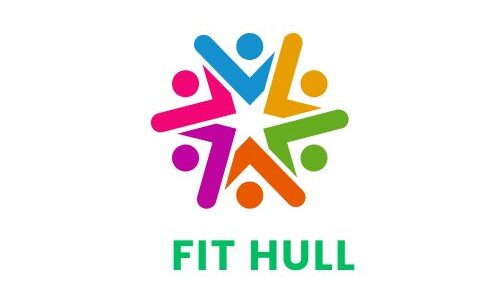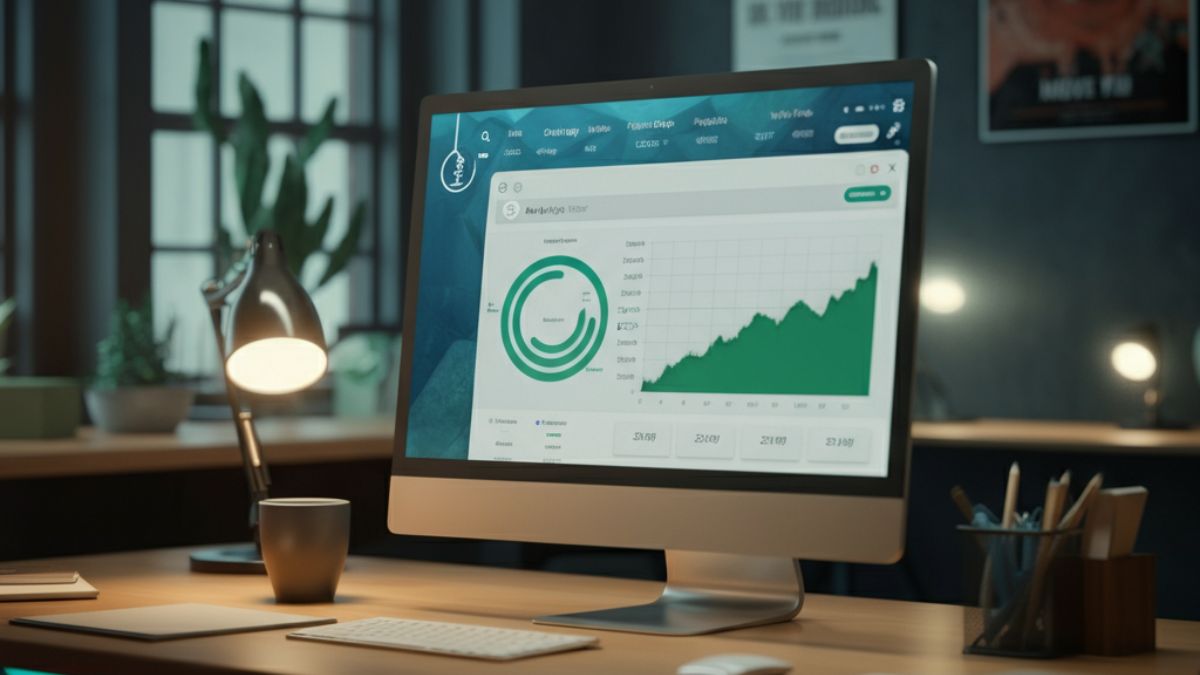Do you want your website to appear at the top of search engine results when users search for your target keyword? Ranking for a keyword effectively is a critical part of any SEO strategy and can drive incredible, sustained results for your business or project.
If you’ve struggled to rank for keywords in the past, this blog is here to help. We’ll guide you through the entire process—from understanding your target keywords to optimizing your content and monitoring your progress. By the end of this post, you’ll be equipped with actionable steps to climb the rankings with confidence.
What Does It Mean to Rank for a Keyword?
Before we jump into the how, it’s essential to understand what “ranking for a keyword” truly means. When someone types a query into a search engine like Google or Bing, the search engine ranks all relevant web pages based on its algorithm’s understanding of quality, relevance, and authority.
Ranking for a keyword refers to getting your website to appear in the top results (ideally the first page) for a specific search term. For example, if you run a fitness blog and want to rank for the keyword “best yoga poses,” your goal is to have your content show up on the first page (ideally in the top 3 spots) when someone searches for that phrase.
Now that we know what keyword ranking means, let’s explore the steps required to achieve this goal.
Step 1. Conduct Keyword Research
Keyword research is the foundation of any SEO strategy. You need to identify the right keywords that align with your business goals and target audience. Not all keywords are created equal, so focus on terms that offer both relevance and potential.
Tools to Use for Keyword Research:
- Google Keyword Planner (Free): Provides search volume and related keyword suggestions.
- Ahrefs or SEMrush (Paid): Advanced platforms with detailed keyword difficulty scores, search trends, and competitive analysis.
- Ubersuggest (Free/Paid): Offers keyword insights like search volume, difficulty, and CPC.
Factors to Evaluate When Picking Keywords:
- Search Volume:
Choose keywords with a search volume that’s high enough to bring traffic but not so competitive that it’s unattainable. For newer websites, focus on long-tail keywords (3-5 words).
Example: Instead of “shoes,” consider targeting “best running shoes for flat feet.”
- Keyword Difficulty:
Some keywords are harder to rank for based on the competition. Aim for keywords with a low-to-medium difficulty, especially if you’re in the early stages of growing your website.
- Search Intent:
Understand the reason behind a search query (informational, navigational, commercial, or transactional). Aligning your content with the user’s intent significantly improves your chance of ranking.
- Relevance to Your Business:
Ensure the keyword aligns with your expertise and offerings. Ranking for a high-volume term is meaningless if it doesn’t generate relevant traffic.
Step 2. Create High-Quality, Optimized Content
Now that you’ve chosen the right keywords, it’s time to create content that satisfies user intent and provides value. Gone are the days of keyword stuffing to rank on Google. Today’s algorithms prioritize content that is relevant, well-structured, and engaging.
How to Optimize Content for Keywords:
- Include Keywords in Strategic Places:
Place your keywords naturally in the following areas:
-
-
- Title Tag and Meta Description
- H1 and H2 Headings
- First 100 Words of the Content
- URL Slug
- Image Alt Text
- Throughout the Body Content (without overusing or “stuffing” them)
-
- Answer User Questions:
Think about what the searcher is looking for and make sure your content answers their questions thoroughly. Tools like AnswerThePublic can help you identify common queries related to your keyword.
- Content-Length Matters:
Longer content tends to rank higher, but length alone won’t get you to the top. Ensure your content is comprehensive and highly relevant. For example, if your keyword is “how to bake sourdough bread,” create an in-depth guide that walks the reader through every step.
- Add Visuals:
Enrich your blog with visuals like images, videos, infographic, and charts to improve readability and engagement. Make sure they are optimized for SEO (use descriptive alt text and compress file sizes).
Pro tip:
Use latent semantic indexing (LSI) keywords! These are topic-related terms and phrases that further signal the context of your article to search engines. For example, if your keyword focuses on “home workouts,” related LSI terms might include “equipment-free exercises” or “bodyweight training.”
Step 3. Build High-Quality Backlinks
Backlinks remain one of the strongest ranking factors in SEO. When other websites link to your content, it acts as a vote of confidence, signaling to search engines that your page is credible and trustworthy.
How to Earn Backlinks:
- Create Link-Worthy Content:
Original research, data-backed articles, and visually interesting content (like infographics) are highly shareable, increasing your backlink potential.
- Perform Outreach:
Reach out to websites or blogs in your industry and ask them to check out your content. Tools like BuzzSumo or Hunter.io can streamline this process.
- Guest Blogging:
Write guest posts for reputable websites in your niche, linking back to your own relevant content.
- Fix Broken Links:
Use tools like Ahrefs to find websites linking to broken pages. Contact the site owner and suggest your content as a replacement.
Step 4. Improve On-Page SEO
On-page SEO refers to the factors on your website that can be optimized to boost rankings.
Key On-Page SEO Tips:
- Page Speed:
A slow-loading page will negatively impact rankings. Use tools like Google PageSpeed Insights or GTmetrix to measure speed and improve load times.
- Mobile Optimization:
With most searches coming from mobile devices, a mobile-friendly website is a must.
- Internal Linking:
Link to your other relevant blog posts or pages to create a structured flow and signal to search engines the importance of those pages.
- Schema Markup:
Add rich snippets (like reviews, FAQs, product info) that help your content stand out in search results.
Step 5. Monitor and Adjust Your Progress
SEO is not a one-time task. Regularly track your rankings, traffic, and engagement metrics to identify opportunities for improvement.
Tools to Monitor Keyword Performance:
- Google Search Console:
Tracks keyword rankings, clicks, impressions, and CTR.
- Google Analytics:
Measures audience behavior and traffic sources.
- Ahrefs/SEMrush:
Offers in-depth keyword position tracking and competition monitoring.
Turn Rankings into Results
Ranking for keywords doesn’t happen overnight, but with consistent effort, quality content, and strategic optimizations, you can make it happen. Start small by picking easier-to-rank keywords, focus on creating incredible content, and keep an eye on your results.
Now, it’s time to put these strategies into action! For more tools to help elevate your writing (and improve your website content), explore Outwrite’s AI-powered writing assistant. Whether you’re crafting SEO-optimized content or crafting a better call-to-action, Outwrite is here to help you write like a pro.
FAQs
Q: What is SEO content, and why is it important?
A: SEO content is strategically written material designed to rank higher in search engine results. It’s important because it helps drive organic traffic to your website, improving visibility and potentially increasing conversions.
Q: How do I choose the right keywords for my content?
A: Start by researching your target audience and using keyword tools to identify terms with a balance of high search volume and manageable competition. Focus on long-tail keywords for more specific and achievable rankings.
Q: Can Outwrite’s writing assistant help with SEO?
A: Yes! Outwrite can help craft optimized content, refine your tone, and ensure precision in your writing, making it an excellent tool for improving SEO content.
Q: How often should I update my website’s content?
A: Regularly updating your content is key to maintaining relevance and improving your SEO ranking. Aim to refresh your website with new or updated material every few months.
Q: Do I need professional writing experience to create high-quality content?
A: Not at all. With tools like Outwrite, anyone can produce professional and impactful content. The platform assists with everything from grammar to structure, helping you write with confidence.











